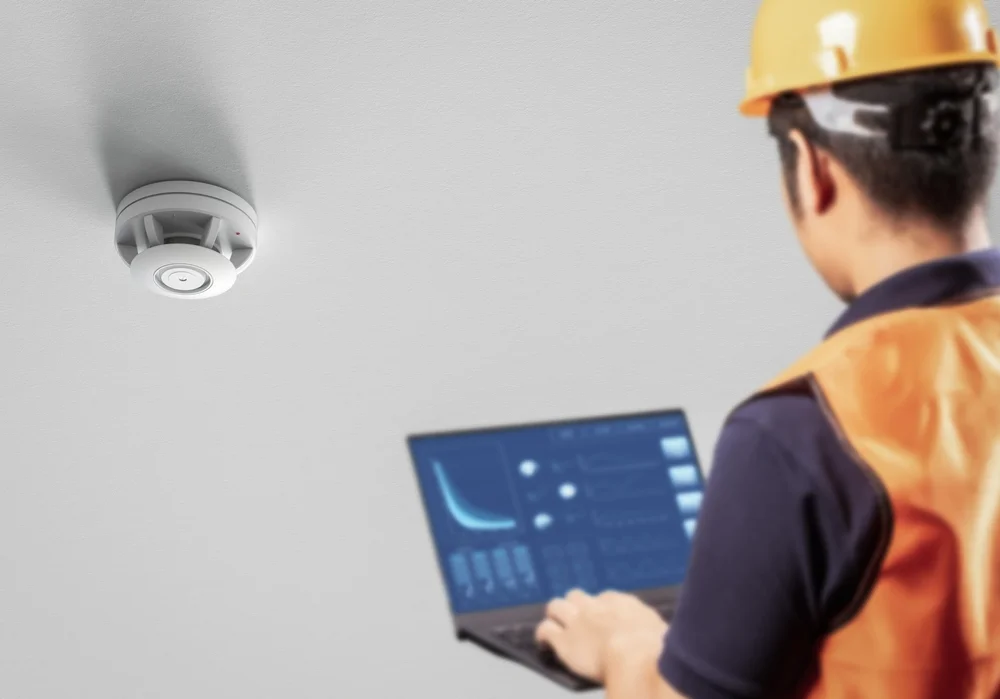Abandoned or Removed Object Detection
Abandoned or Removed Object Detection
Abandoned or Removed Object Detection is a crucial capability in intelligent video surveillance systems, utilizing advanced computer vision and machine learning (often Deep Learning) to analyze video streams and automatically alert security personnel to potentially suspicious activity involving static objects.
This technology is paramount in high-security, high-traffic environments like airports, train stations, museums, and shopping centers, where an abandoned package could pose a threat, or a removed object could indicate theft.
Abandoned Object Detection (AOD)
AOD focuses on identifying an item that has been left behind and remains stationary and unattended for a suspicious duration.
How it Works :
1. Background Subtraction/Foreground Segmentation: The system continuously models the normal background of the scene. In each frame, it compares the current image to the established background model to segment (separate) the foreground objects (moving people, vehicles, etc.).
2. Object Tracking: Any new object appearing in the scene is detected and tracked. The system monitors its trajectory and velocity.
3. Stationary Detection: If the tracking analysis shows an object has become stationary for a defined period (e.g., 30 seconds to 5 minutes, depending on the environment), it becomes a candidate for an abandoned object.
4. Contextual Analysis (Crucial Step): The system often uses more sophisticated logic to reduce false alarms :
Owner Proximity: It checks the tracking data to see if the person who dropped the object has moved a significant distance away (unattended).
Classification: It classifies the object (e.g., bag, suitcase, box) to ensure it is not a normal part of the scene (like a trash can or a permanent bench).
5. Alert Generation: If all criteria (stationary, unattended, elapsed time) are met, an alarm is triggered, and often the camera view is automatically brought up for human verification.
Removed Object Detection (ROD)
ROD is the opposite: it focuses on detecting the unauthorized disappearance or removal of a valued item from a specific, defined location.
How it Works :
1. Reference Point/Initial Background Storage: This process requires the system to know the “normal” state of a scene, with the object present. For valuable items (e.g., a painting in a museum, a piece of retail merchandise), a Region of Interest (ROI) is typically drawn around the object during setup.
2. Object Persistence: The system continuously monitors the ROI, verifying that the target object remains in its expected position.
3. Removal Event: If the object’s signature (color, texture, edge features) is suddenly replaced by the underlying background (i.e., the object is gone), a removal event is detected.
4. Temporal Verification: To avoid false alarms from brief occlusions (e.g., a person standing in front of the object), the system confirms the object’s absence over a short period.
5. Alert Generation: The system immediately triggers an alert, identifying the exact time and location of the theft/removal.
Key Technical Challenges
Both AOD and ROD rely heavily on robust computer vision, which presents several common challenges :
1. Illumination Changes: Sudden changes in light (e.g., a cloud passing over, lights being switched on/off) can momentarily confuse background models, leading to false alarms (often called “ghosting”).
2. Occlusion: Objects or people partially or completely blocking the view of an abandoned or removed object can complicate tracking and verification.
3. Camouflage: An object blending into a cluttered or textured background makes initial detection difficult.
4. Small Objects: Detecting small items (like a phone or a small purse) from a distance or with low resolution is still a major challenge.



